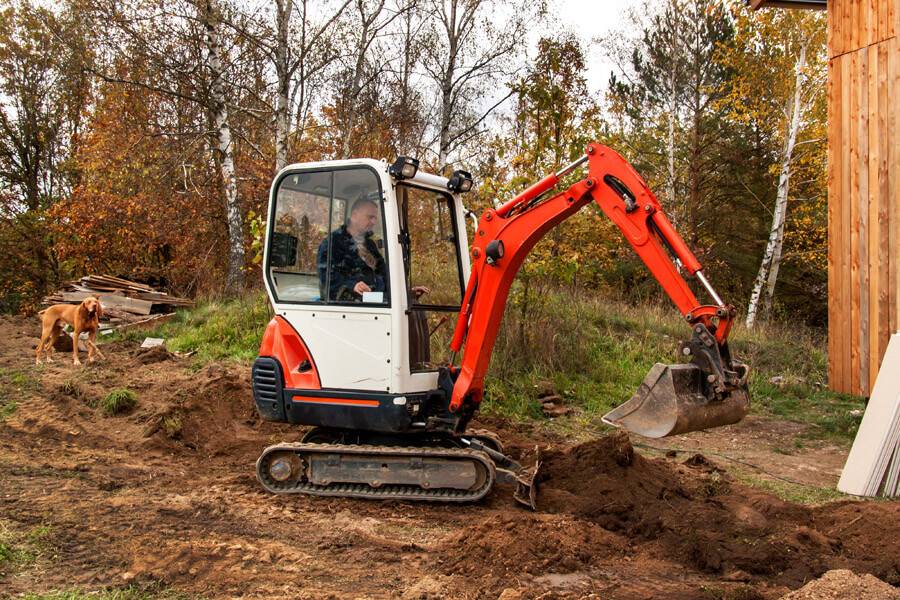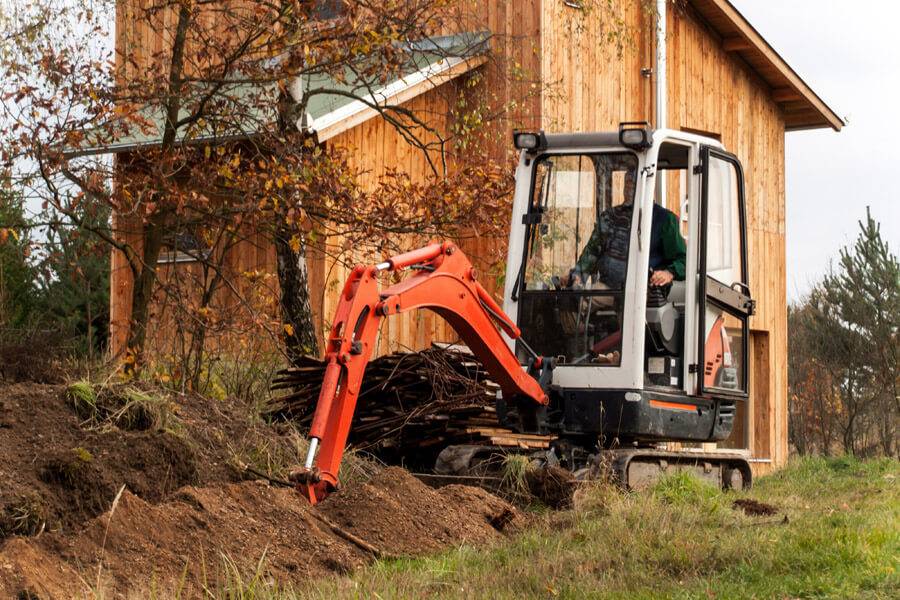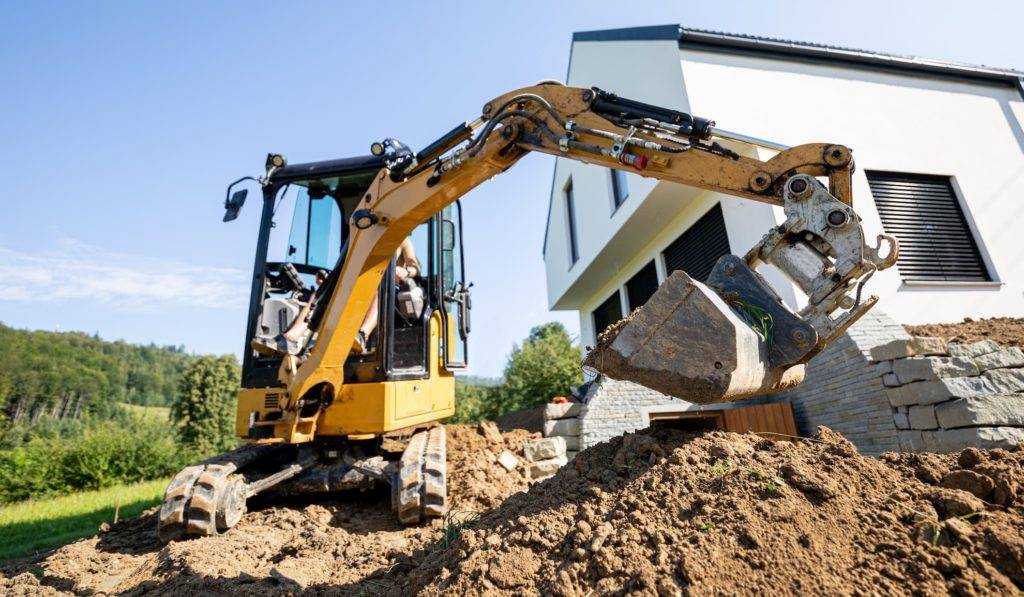When it comes to using a digger, safety is the top concern. There are a number of courses available to teach you about thorough health and safety, and these are a requirement for professional use in a public space. Contrastingly, on private land, no license or training is required. We advise being trained by a professional before attempting any heavy machinery operation. However, if you decide you want to take matters into your own hands and feel confident you can do so safely, we’ve put together a few tips to ensure health and safety.
Always Check Your Blind Spots
This is the number one rule for all heavy machinery. Cars, tractors, dumpers and diggers are all instances of equipment that can cause real harm if misused. That’s why when doing any work in a digger, you need to be aware of your surroundings. Check over your shoulder, and your mirrors before swinging a digger around. People often underestimate the reach of a diggers boom, and if caught out, you could end up harming an unaware pedestrian without the appropriate caution.
Overhead Safety
This aspect is also a part of checking your blind spots. General spatial awareness is essential for safe mini digger operation. It’s not just power lines you should be looking out for, archways, RSJs (Reinforced Steel Joists) of a structure and scaffolding are also potentially catastrophic if hit by an excavator. Always make sure you’re looking up and checking what’s above you when moving.

Lifting Caution
There are limits to what can be lifted with a digger, and you should always check the operator’s manual to know what this is. However, the most important aspect of lifting is to do so safely. Always lift close to the ground. Never lift over an edge. This is because of weight distribution. If you start tipping whilst lifting over the edge of a drop, you’ll risk being pulled over along with whatever you’re attached to. Not only this, but you should also never lift over people. Accidents happen, chains snap and if this occurs with somebody underneath, the consequences can be dire.
Operating On A Gradient
Using a digger on a slope is best avoided if possible. However, this isn’t always easily done. Sometimes you need to take an excavator down a hill. If this is the case, always ensure three points of contact. Fortunately, on a digger, you have three useful anchor points. Your left track, your right track and your arm. Always track over a hill facing down, and hover your bucket close to the ground directly in front of you. This way, if you start to tip, the arm will anchor you and prevent catastrophe.

Utility Awareness
Finally, a digger is primarily used for digging. Most of the time, this isn’t a problem. However, it’s important to be aware of utilities in the ground. Sewage, electric and gas can sometimes be hidden if not installed properly, or installed a long time ago. Check your local utility map, and always have a spotter when excavating new ground. This can avoid harm to the operator and those around you, as well as saving potential costs of repairs.
Contact Dormer Plant Hire For Quality Diggers
If you need a digger for your project, get in touch with Dormer Plant Hire today. We offer well-maintained, top-of-the-line equipment as well as skilled operators if you don’t feel confident driving a digger yourself. For more information, contact us today.




